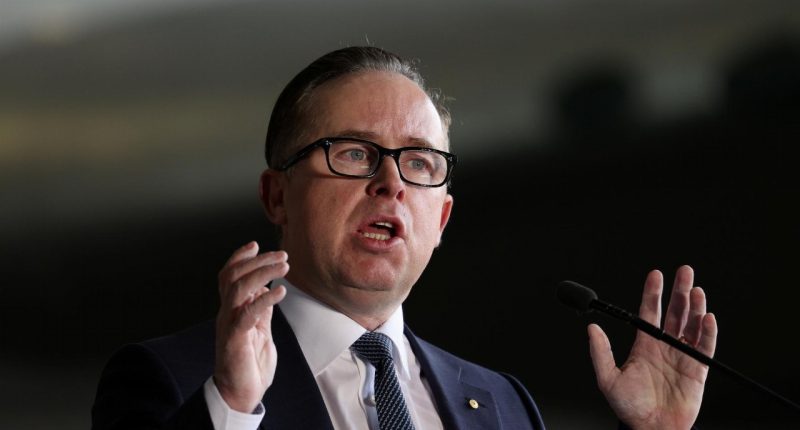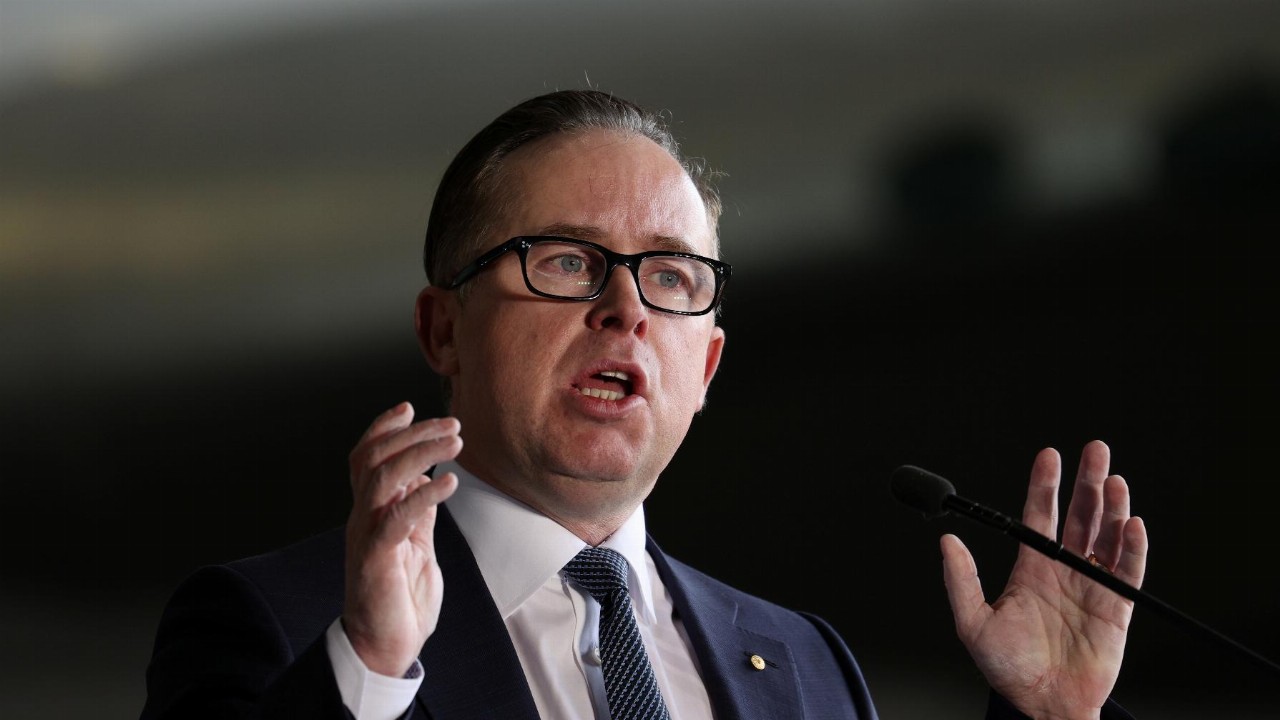- Qantas (QAN) posts its fourth consecutive half-yearly statutory loss, recording an underlying loss before tax of $1.28 billion
- Delta-related lockdowns meant that domestic travel was heavily impacted during the first half with the company operating at 42 per cent of its pre-COVID capacity
- While there was a slight spike in November and December, it quickly dropped again as a result of the highly transmissible Omicron strain
- Qantas expects domestic capacity to be 68 per cent of pre-COVID levels and international capacity to be 22 per cent of pre-COVID levels in Q3 2022
- Shares in Qantas are down 4.1 per cent on the market and are trading at $5.13
Australian airline Qantas (QAN) has posted its fourth consecutive half-yearly statutory loss, recording an underlying loss before tax of $1.28 billion.
This follows a $1 billion loss recorded in the prior corresponding period.
The flying kangaroo also has underlying earnings before interest, taxes, depreciation and amortisation (EBITDA) loss of $245 million and statutory loss before tax of $622 million.
Delta-related lockdowns meant that domestic travel was heavily impacted during the first half with the company operating at 42 per cent of its pre-COVID capacity.
While there was a slight spike in November and December, it quickly dropped again as a result of the highly transmissible Omicron strain.
“We cut services overnight as various state borders slammed shut. Across the half, domestic flying averaged just 42 per cent of pre-COVID levels,” CEO Alan Joyce said.
“But Qantas and Jetstar launched 15 new routes in the half, aimed at serving the places where people could travel. New city pairs like Adelaide to Cairns or Brisbane to Albury, performed really well, when borders allowed.”
A record performance by Qantas Freight offset cash losses from Qantas International with the division recording underlying EBITDA of $89 million.
Qantas was able to capitalise on the border opening in November with high levels of demand for services to Delhi and the return of its London, Los Angeles and Singapore routes.
However, despite this, international flying remains significantly impacted by the continued closure of Australia’s border to international guests.
Qantas International achieved roughly $325 million in recurring structural cost benefits and is on track to increase this to more than $400 million by FY23.
“When international borders opened early in November, we were one of the first carriers ready to go on sale, and captured a lot of pent up demand – including on our new flights to India,” Mr Joyce said.
“In the past few weeks, as more border restrictions have dropped away, we’ve seen international bookings strengthen even further. In mid-February, we had our best week for international ticket sales since pre-COVID.”
Qantas Loyalty remained a strong performer in the half with underlying earnings before interest and tax of $127 million.
Frequent Flyer members also increased to 13.8 million with new and expanded deals signed with Optus, Woolworths (WOW), BP and Accor.
Qantas Loyalty also launched a new Green Frequent Flyer tier which is aimed at rewarding members for making eco-friendly decisions on the ground as well as in the sky.
Qantas expects group domestic capacity to be 68 per cent of pre-COVID levels in Q3 2022 and increase to 90 to 100 per cent in Q4 2022.
Additionally, it expects international capacity to be 22 per cent of pre-COVID levels in Q3 2022 and increase to 44 per cent in Q4 2022.
“We’re on track to deliver more than $900 million in annualised savings through restructuring by the end of FY22, which is ahead of schedule and means we’re able to recover faster and perform better than a pre-COVID Qantas Group could have,” Mr Joyce said.
“We’re very conscious of the support and patience shown by customers and shareholders as we all wait for travel conditions to stabilise. In the meantime, we’ve done a lot of work to put this company in the best possible position to deliver.”
Shares in Qantas were down 4.13 per cent on the market and were trading at $5.13 at 1:30 pm AEDT.








